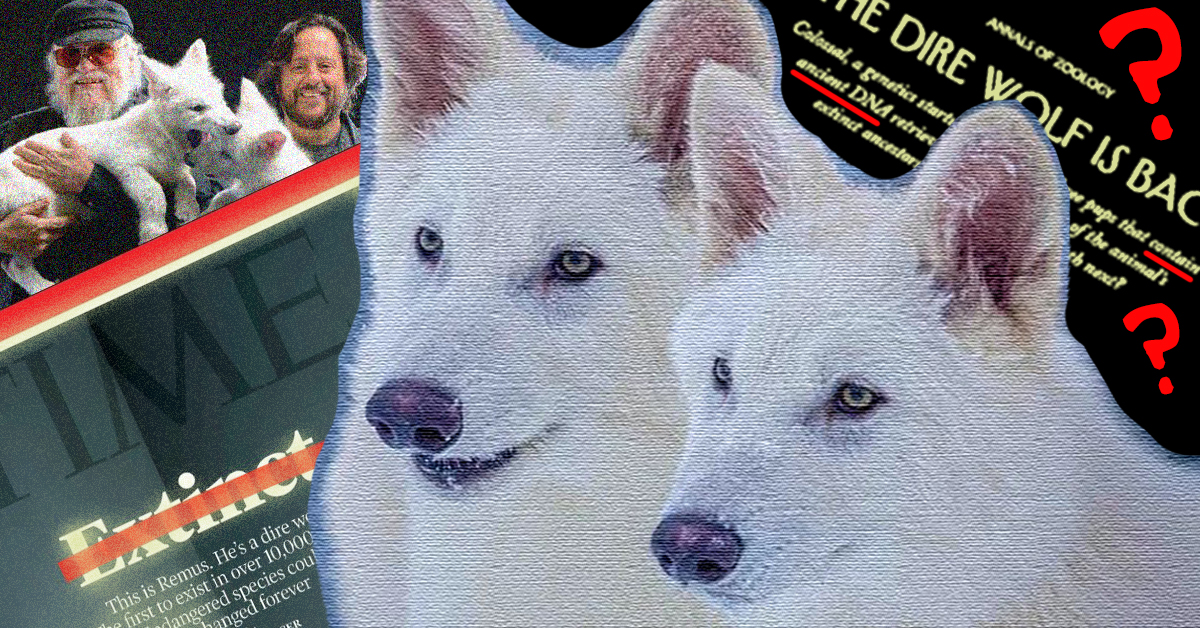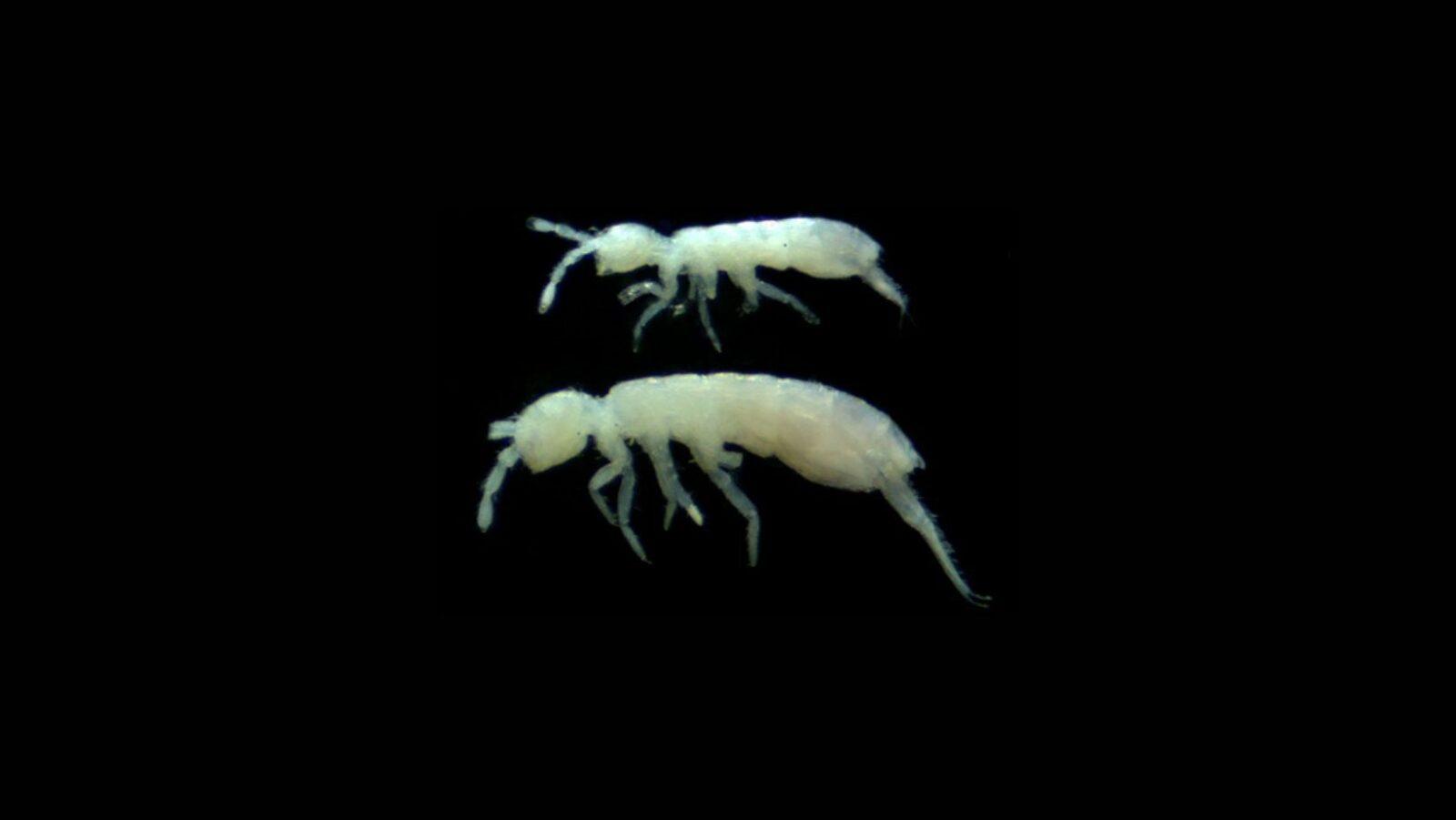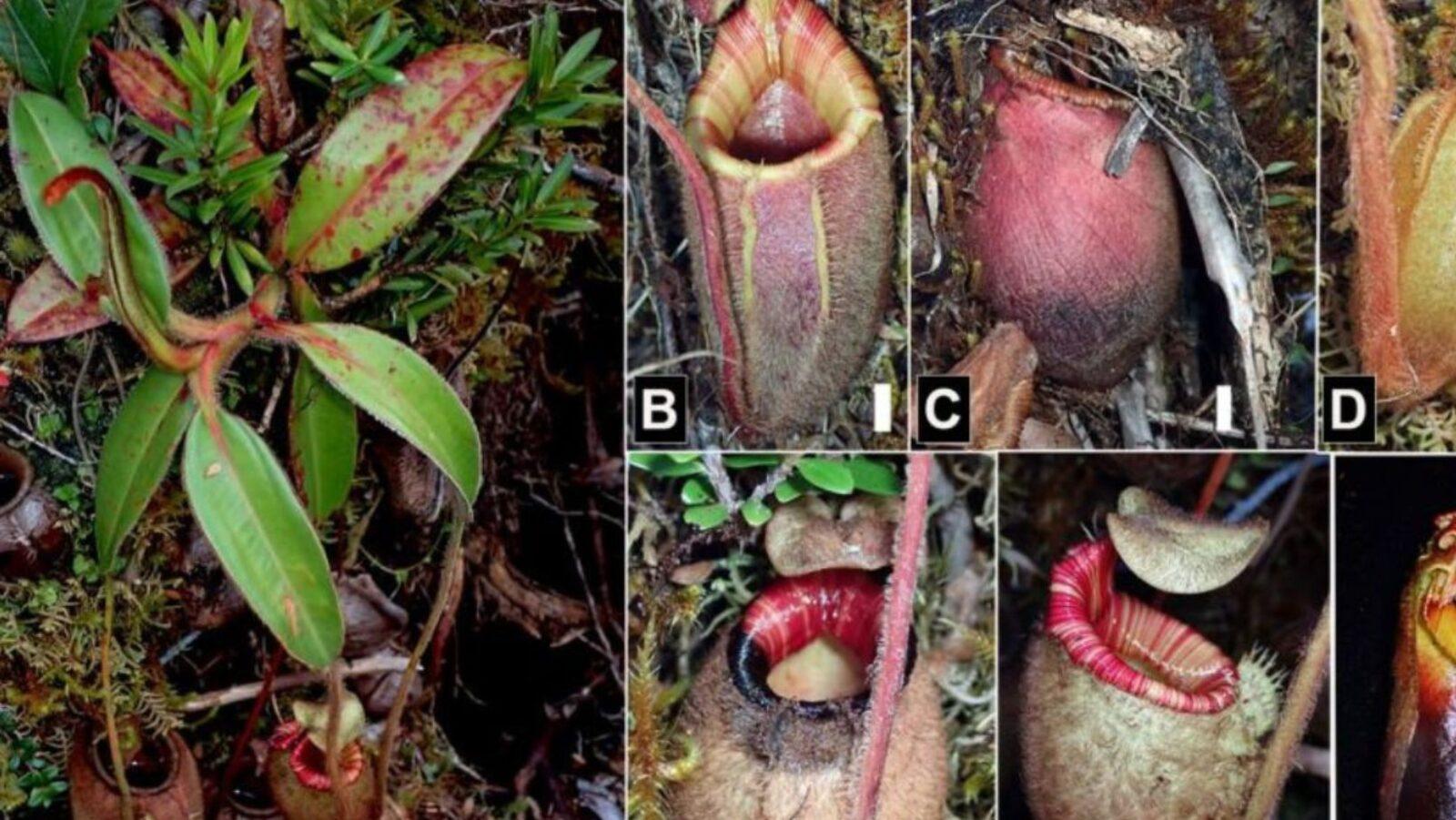•An audit of Australia’s animal havens revealed that they have already saved 13 mammals from extinction due to predators such as feral cats and foxes.
•Scientists and conservationists worked together to conduct the country-wide audit.
•Experts recommend establishing more conservation havens and stronger collaboration efforts to prevent more extinctions in the future.
Over the course of nearly four decades, Australia has been creating more animal havens for its native species. These conservation areas are free from invasive and introduced predators, allowing threatened species to thrive.
“As of early 2018, we had 101 island havens covering 2152 square kilometres and 17 fenced havens covering 346 square kilometres,” according to Professor Sarah Legge from the University of Queensland.
Legge was one of 28 scientists and conservation managers from government agencies, NGOs, and the academe that recently conducted an audit of Australia’s existing animal havens.
Working with the Threatened Species Recovery Hub, the team found that these havens have already saved 13 mammalian species from extinction at the hands — or paws — of predators such as feral cats and European red foxes.
Keeping predators at bay
“Since the 1980s, additional havens have been created in Australia by eradicating feral animals from islands or from within large fenced areas on the mainland, and threatened animals have been moved to these havens to put them out of reach of introduced predators,” explained Legge.
“Predation by feral cats and foxes is the main reason that Australia has the worst mammal extinction record of modern time.”
When a domesticated cat is abandoned by its owner or left in the wild, they become feral. As they reproduce, they become invasive predators that threaten the existence of indigenous species. A recent study estimates that the Australian feral cat population is somewhere between 2 million and 6 million.
According to Legge, about 80 Australian islands are naturally cat- and fox-free. Species such as the greater stick-nest rat are nowhere to be found on mainland Australia. However, they have managed to thrive on islands that the predators can’t reach.
Researchers emphasized the importance of establishing more conservation havens in preventing further extinctions.
“The review revealed that while more than half of the mammal species in Australia that are vulnerable to cats and foxes have the protection of being in a haven, 29 species are not yet in a single haven,” stated Dr. Jeremy L. Ringma of the University of Queensland.
Meanwhile, Queensland University of Technology’s Dr. Michael Bode estimated that an additional 12 havens would enable them to protect “every threatened mammal species vulnerable to predation by cats and foxes.”
Cover photo: Invasive Animal CRC (feral cat); HJ Aslin (greater stick-nest rat); Beverly Davis (fox); Evergration (Australia map)
Reference:
- http://www.forgottencats.org/feralcat.php
- https://onlinelibrary.wiley.com/doi/10.1111/conl.12633
- https://onlinelibrary.wiley.com/doi/full/10.1111/conl.12611
- https://phys.org/news/2019-03-thirteen-mammal-extinctions-havens.html
- https://www.nature.com/articles/s41559-017-0456-4
- www.publish.csiro.au/wr/WR17172
Author: Mikael Angelo Francisco
Bitten by the science writing bug, Mikael has years of writing and editorial experience under his belt. As the editor-in-chief of FlipScience, Mikael has sworn to help make science more fun and interesting for geeky readers and casual audiences alike.







